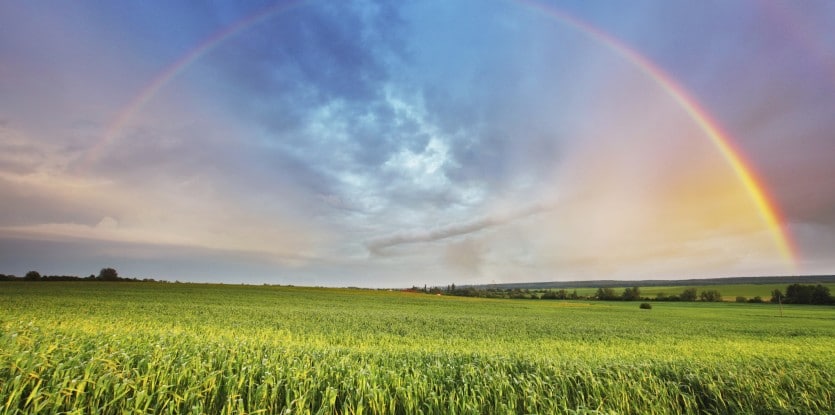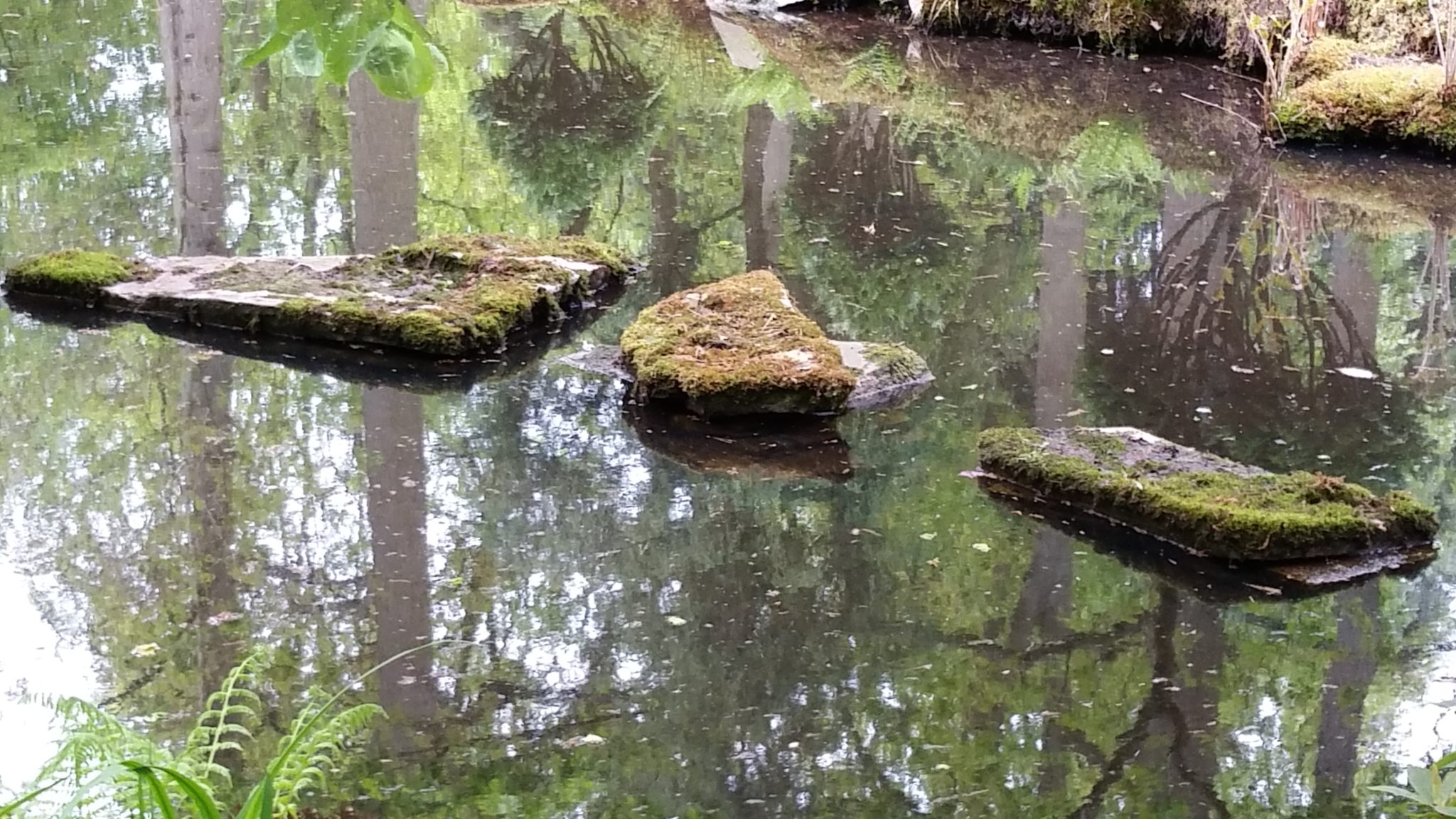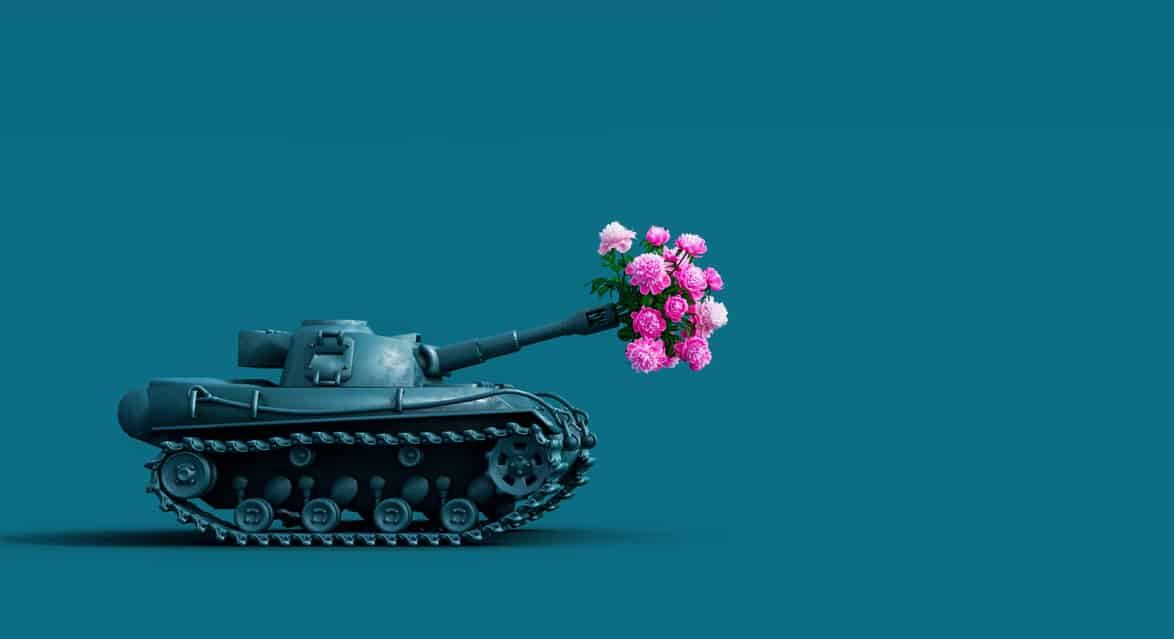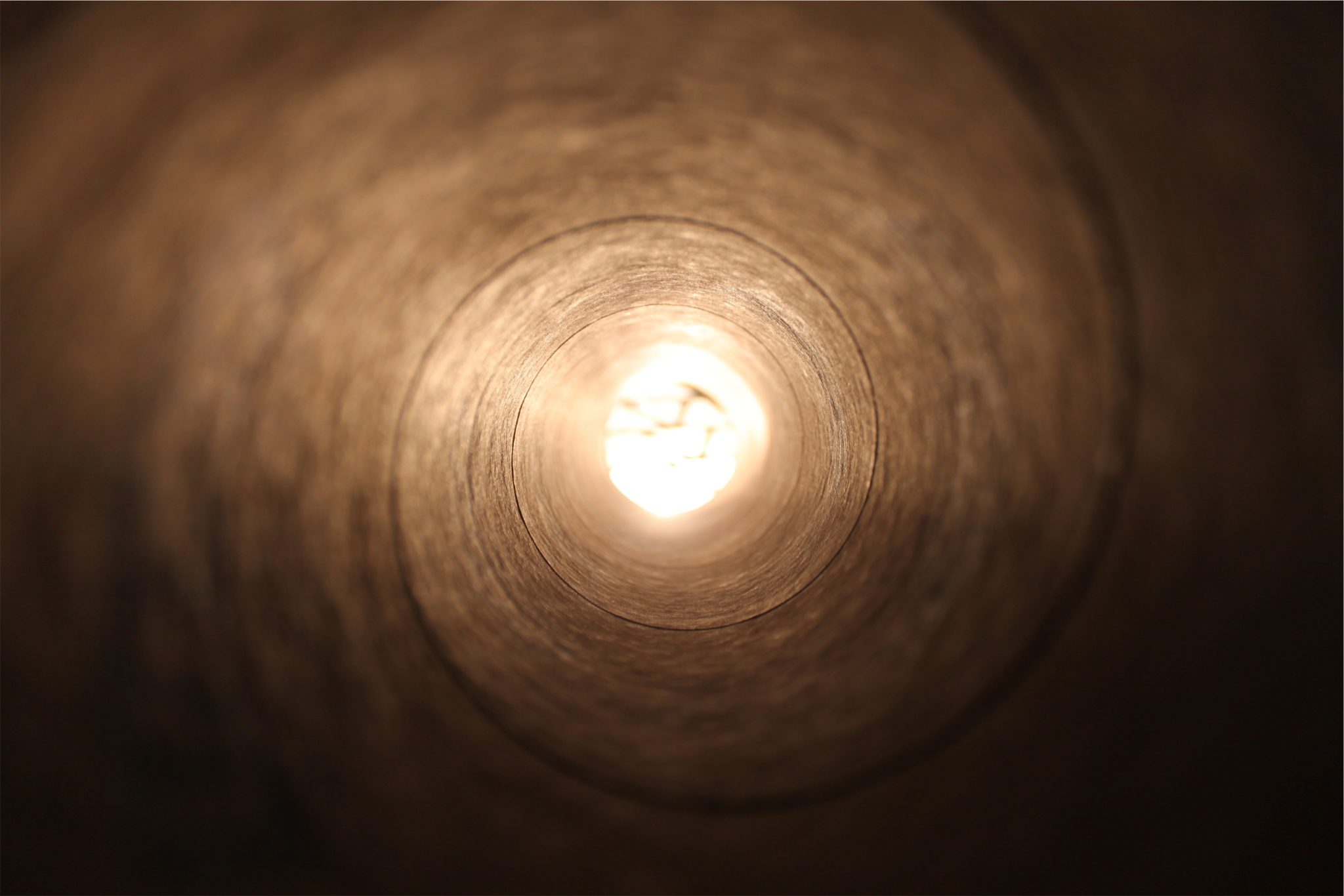And G-d spoke to Noah and to his sons with him, saying: “… This shall be the sign of the covenant which I am making between Me and you and every living creature that is with you, for all generations.
My rainbow I have set in the cloud…. When the rainbow shall be seen in the cloud, I shall remember My covenant…. Never again shall the waters become a flood to destroy all flesh.”Genesis 9:8-15
The rainbow, of course, is a natural phenomenon. Rays of sunlight pass through water droplets suspended in the atmosphere; the clear, crystal-like droplets refract the light, unleashing the spectrum of colors it contains and displaying them in an arc across the misty skies.
Yet before the Flood, this natural occurrence did not occur. There was something about the interaction between the moisture in the earth’s atmosphere and the light emanating from the sun that failed to produce a rainbow. It was only after the Flood that the dynamics that create a rainbow were set in place by the Creator as a sign of His newly-formed covenant with His creation.
The spiritual and the physical are two faces of the same reality. This change in the physical nature of the interaction between water and light reflects a deeper, spiritual difference between the pre- and post-Flood worlds, and the resultant difference in G-d’s manner of dealing with a corrupted world.
Contrary Differences
An examination of the Torah’s account of the first twenty generations of history reveals two primary differences between the world before the Flood and the post-Flood era.
The pre-Flood generations enjoyed long lives—we find people living into their 8th, 9th and 10th centuries (Noah’s grandfather, Methuselah, lived 969 years; his father, Lemech, 777 years; Noah himself, 950 years1). The Zohar explains that this was an era of divine benevolence, in which life, health and prosperity flowed freely and indiscriminately from Above.
Following the Flood, we see a steady decline in the human lifespan.2 Within ten generations, Abraham is “old” at the age of 100.3
The second difference is one that seems at odds with, and even contradictory to, the first: after the Flood, the world gained a stability and permanence it did not enjoy in the pre-Flood era. Before the Flood, the world’s very existence was contingent upon its moral state. When humanity disintegrated into corruption and violence, G-d said to Noah:
The end of all flesh is come before Me, for the earth is filled with violence through them; behold, I shall destroy them and the earth.4
Following the Flood, G-d vowed:
I will not again curse the earth because of man…. neither will I again smite everything living, as I have done. For all days of the earth, [the seasons for] seed time and harvest, cold and heat, summer and winter, day and night, shall not cease.5
No longer would the cycles of life and nature totter on the verge of extinction whenever man strays from his G-d. The post-Flood world is a world whose existence is assured, a world that is desired by its Creator regardless of its present state of conformity to His will.
And the guarantor of this assurance, the symbol of this new stability, is the rainbow.
An Opaque World
Before the Flood, man’s role in creation lay primarily in reacting to G-d’s involvement in the world. The flow of divine vitality into the world was plentiful and uninhibited, enabling man to attain great material and spiritual heights; but these achievements were merely man’s acceptance of what was being bestowed upon him from Above, rather than the fruits of his own initiative.
The pre-Flood world was like a brilliant pupil who grasps the most profound teachings of his master, but who lacks the ability to conceive of a single original thought of his own. So once corrupted—once it had distanced itself from its Master and disavowed its relationship with Him—it lost the basis for its existence. When man ceased to respond, the world held no further use for the Creator.
After the Flood, G-d imbued the world with a new potential—the potential to create. He granted it the ability to take what it receives from Above and develop it, extend it, and expand upon it. The world was now like a disciple who had been trained by his master to think on his own, to take the ideas which he learns and apply them to new areas. Man was now able not only to absorb the divine input into his life but also to unleash its potential in new, unprecedented ways.
Such a world is in many ways a “weaker” world than one that is wholly sustained by divine grace. It is more independent, and thus more subject to the limitations and mortality of the human state. Hence the shorter lifespans of the post-Flood generations. But in the final analysis, such a world is more enduring: even when it loses sight of its origin and purpose, it retains the ability to rehabilitate itself and restore its relationship with its Creator. Because it possesses an independent potential for self-renewal, it can always reawaken this potential, even after it has been suppressed and lain dormant for generations.
Rising Mist
The rainbow is the natural event that exemplifies the new post-Flood order. Moisture rises from the earth to form clouds and raindrops, which catch the light of the sun. A less refined substance would merely absorb the light; but the purity and translucency of these droplets allows them to focus and channel the rays they capture in such a way that reveals the many colors implicit within each ray of sunlight.
The pre-Flood world lacked the rainbow. There was nothing in or about it that could rise from below to interact with and develop what it received from Above. Such was its spiritual nature; as a result, the conditions for a physical rainbow also failed to develop—the mist it raised could only absorb, but not refract, the light of the sun.
Lacking a creative potential of its own, the pre-Flood world was left without reason and right for existence when it ceased to receive the divine effluence from Above. Then came the Flood. The rains that destroyed a corrupted world also cleansed it and purified it, leaving in their wake a new world with a new nature: a world that rises to meet and transform what is bestowed upon it; a world with the “translucency” and refinement to develop the gifts it receives into new, unprecedented vistas of color and light.
When this world goes astray, G-d sees its rainbow, and the sight causes Him to desist from destroying it. For the rainbow attests to the world’s new maturity—its ability to ultimately rise above its present lapse and rebuild its relationship with its Creator.
Based on the Rebbe’s talks, Shabbat Noach 5721 (1960) 5724 (1963).6
Adapted from the teachings of the Lubavitcher Rebbe by Yanki Tauber.







